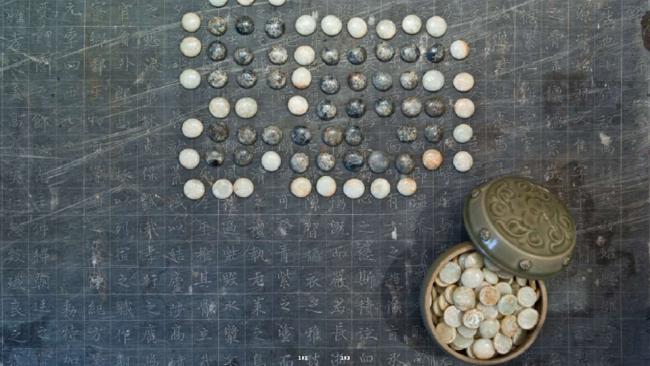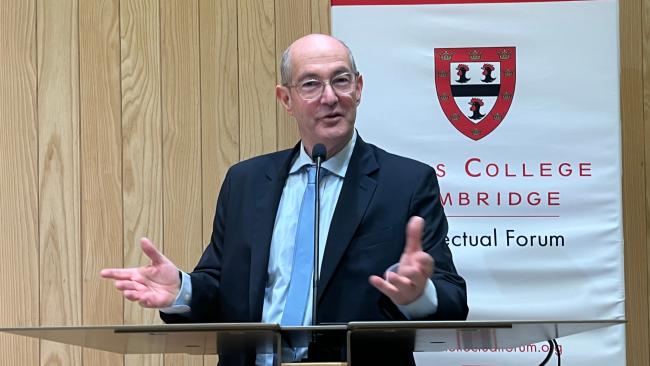
Ceramics and society in the Song dynasty
On Thursday 25 February 2021 the China Centre Seminar was a given by Dr Rose Kerr, Honorary Associate, Needham Research Institute, and Former Keeper of the Far Eastern Department, Victoria and Albert Museum. Dr Kerr's lecture focused on the porcelain industry in China during the Song dynasty (960 - 1279 AD).
The earliest primitive porcelain appeared during the Shang dynasty (1600-1046 AD). Porcelain was produced in China towards the end of the Eastern Han dynasty (25-220 AD) and reached its standard requirements in terms of whiteness and lucidity by the Sui dynasty (581-618 AD). Porcelain technology spread from China to the rest of East Asia.
The way in which porcelain is used within people’s homes across East Asia is closely related to their distinctive food and drink cultures. In China porcelain of the highest value, aesthetic beauty and technological complexity was used by the Imperial Court. However, Dr Kerr explained that by the Song dynasty there was a huge industry in production centres across the country manufacturing porcelain for the middle-class. There was also a large-scale export industry. In addition, there was a large porcelain manufacturing industry involving local kilns, producing everyday ware for the mass of the population. Almost every household had porcelain bowls for eating food and porcelain cups for drinking tea. Dr Kerr explained that the widespread use of porcelain was not only important economically and aesthetically. It made a significant contribution to health, as porcelain is a far more hygienic food container than rough pottery, wood, or metal. Although Song dynasty Chinese porcelain commands a high price in auction rooms, most porcelain had a functional purpose in daily life.
Dr Kerr’s lecture made extensive use of Song dynasty visual art to illustrate the wide range of uses for porcelain, including eating, drinking tea and alcohol, displaying flowers, storing cosmetics and medicines, a variety of uses in connection with the art of writing, for use as pillows, water pipes, and for making chess pieces (wei qi) and censers.
Dr Kerr’s lecture was followed by a wide-ranging Q&A session with an audience drawn from a broad array of academic disciplines across the University.
Dr Rose Kerr is Honorary Associate of the Needham Research Institute in Cambridge, after retiring as Keeper of the Far Eastern Department at the Victoria & Albert Museum, where she worked from 1978-2003.
Rose Kerr graduated in Chinese studies from the School of Oriental and African Studies and spent a year as a student in China during the last year of the Cultural Revolution, 1975-1976. She teaches and lectures internationally, and acts as Honorary Fellow at the University of Glasgow, Trustee of the Sir Percival David Foundation of Chinese Art, and Museum Expert Advisor for Hong Kong. In 2015 she was created an Honorary Citizen of Jingdezhen.
Author and contributor to 22 books on Asian art, Rose Kerr is a regular contributor to journals and magazines.





